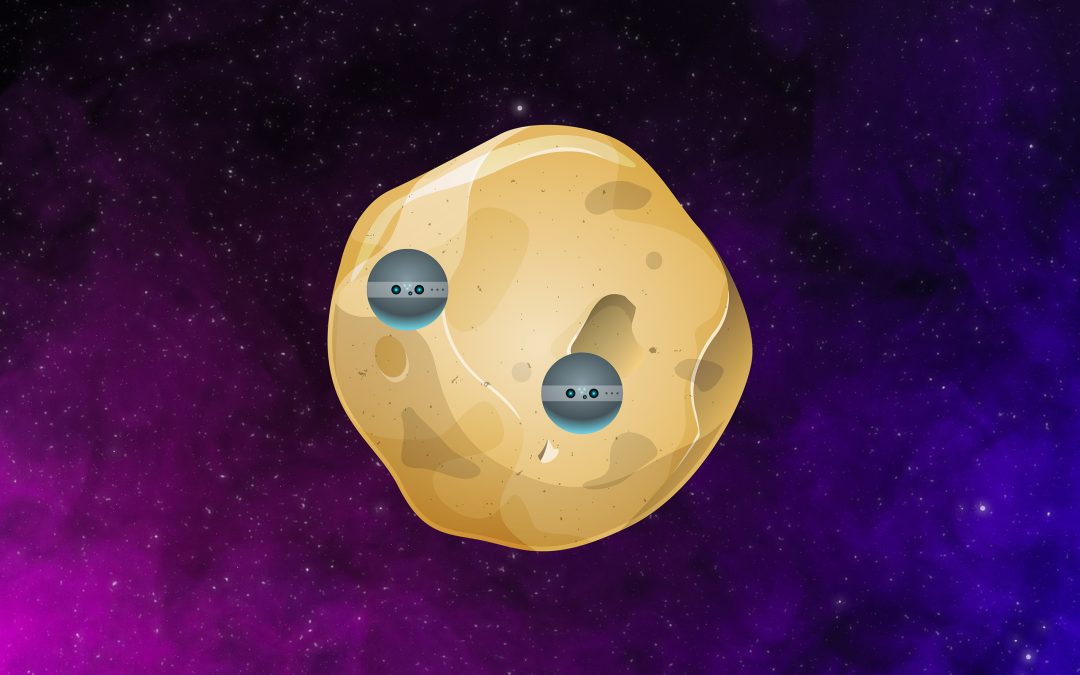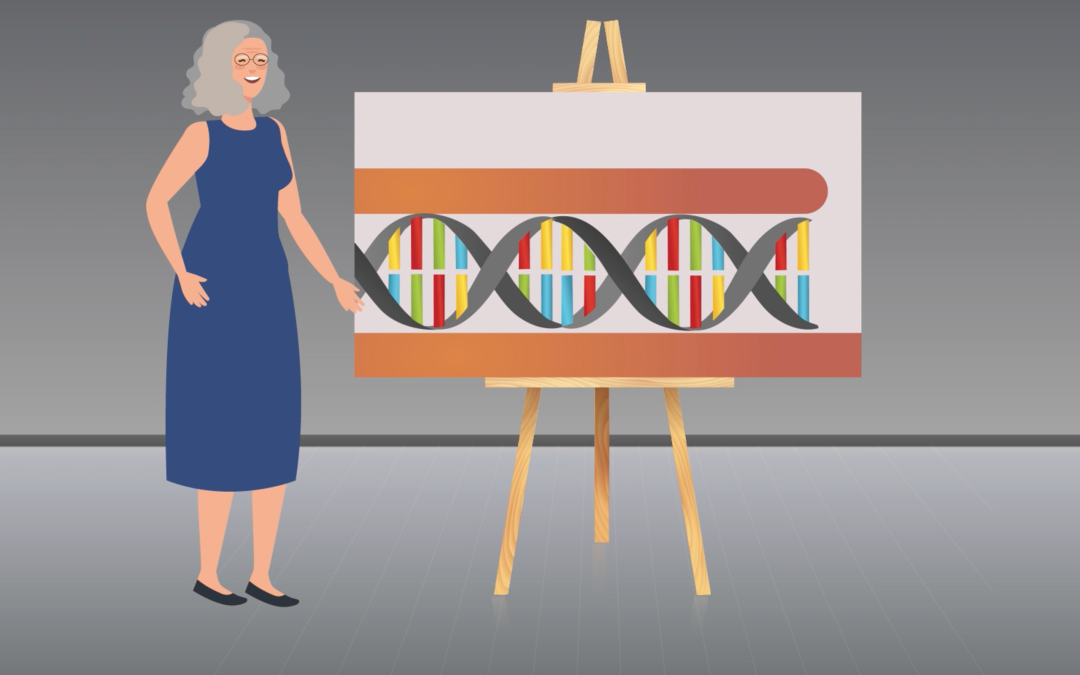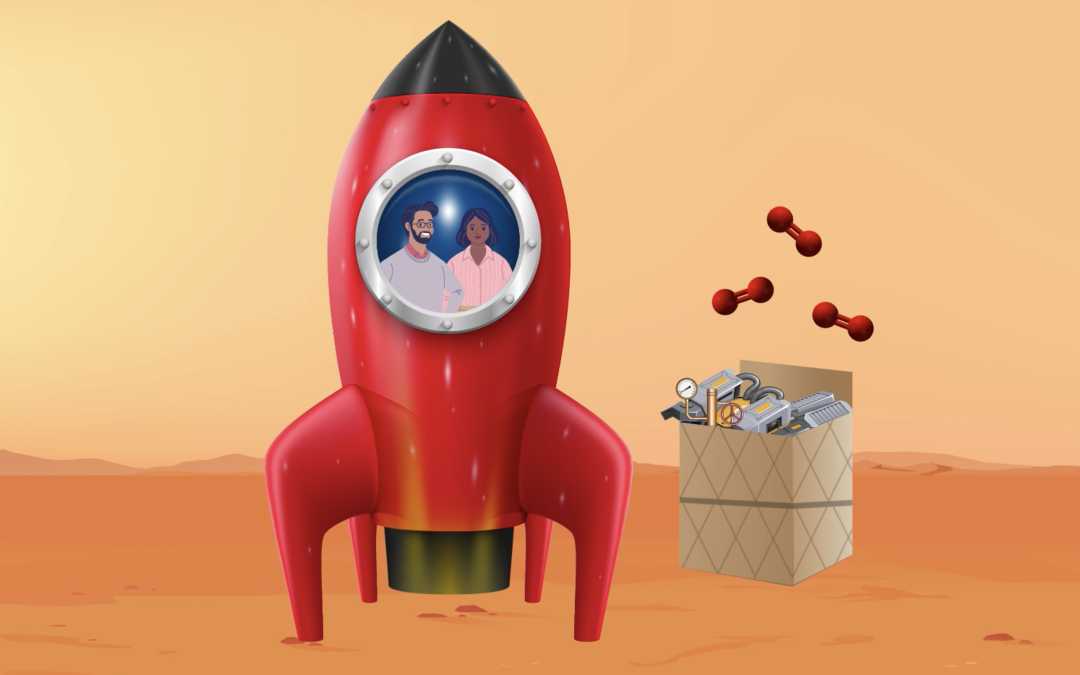
by admin | Nov 16, 2022 | physical sciences animated, research animated
Patterns can be found across the entire natural world – from the spots on a leopard’s coat to stripes in mineral deposits deep underground. Such motifs are better known as Turing patterns – named after the famous mathematician and codebreaker, Alan Turing, who proposed the theory behind them. Turing patterns are often found on large scales, but they become much rarer at smaller scales, with very few known examples at microscopic and atomic scales. Aharon Kapitulnik and Yuki Fuseya have revealed a new atomic-scale Turing pattern, which arises in an atom-thick layer of bismuth atoms.

by admin | Oct 4, 2022 | physical sciences animated, research animated
Modern microelectronics is currently facing a profound challenge. The demand for even smaller and more closely packed electronics has hit a stumbling block: the power emitted in these devices releases more heat than can be efficiently removed. Now, the Terra Quantum team proposes a solution based on the seemingly counterintuitive phenomenon of ‘negative capacitance’.

by admin | Aug 24, 2022 | engineering and tech animated, physical sciences animated, research animated
From the hottest deserts to the deepest oceans, life on Earth has evolved to thrive in many harsh environments. Given these capabilities, some scientists are exploring the possibility for life to emerge in extreme environments found throughout the solar system.

by admin | Aug 2, 2022 | biology animated, physical sciences animated, research animated
Before the first living organisms were brought into being, molecules were already moving and changing. Many energy sources, including light and heat from the sun, were available to provide the energy needed to drive chemical reactions. Mechanical energy, which describes the energy of motion, was also readily available before life’s emergence. Dr Helen Greenwood Hansma from the University of California in Santa Barbara explores how mechanical energy could have driven the processes that gave rise to early life.

by admin | Jun 27, 2022 | engineering and tech animated, physical sciences animated, research animated
The first human mission to Mars may not be far away, but many preparations still need to be made to ensure the safety of crews once they arrive. One of the key requirements of these missions will be producing a steady supply of oxygen. This will allow crews to survive inside their habitats on the Martian surface, while also providing propellant for a Mars Ascent Vehicle, allowing them to return home.

by admin | Jun 17, 2022 | physical sciences animated, research animated
It may be surprising to know, that you – and all other mammals – are technically cynodonts. The first cynodonts appeared approximately 260 million years ago as small creatures about the size of a house cat. A particular group of cynodonts evolved to become more ‘mammal-like’, eventually evolving into the first true mammals. Dr Jennifer Botha from the National Museum, Bloemfontein in South Africa studies the anatomy and life history of specimens along the cynodont–mammalian transition, to gain key insights into the origins and evolution of mammals.






